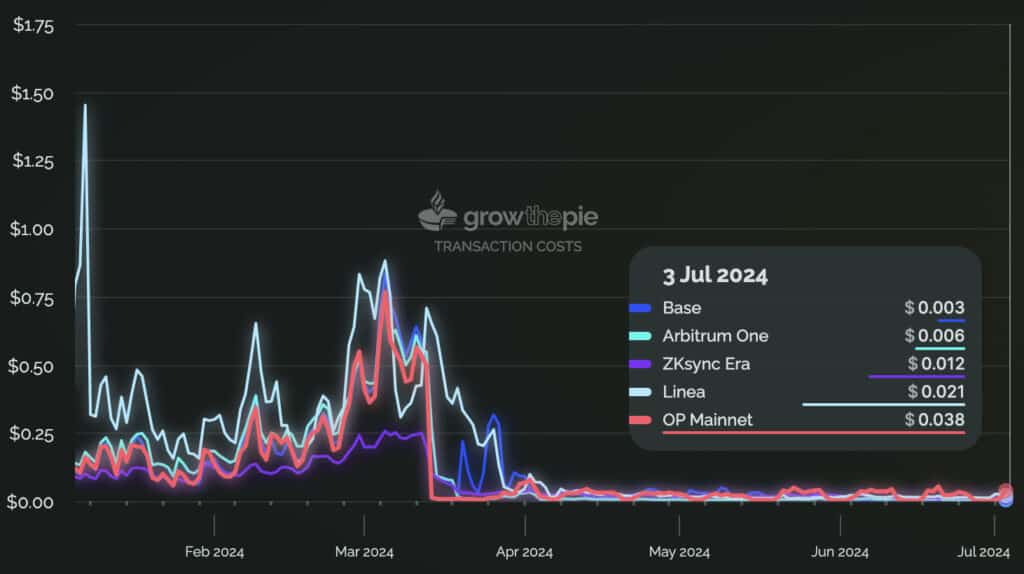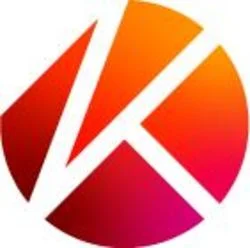ZK Sync has undergone a rebranding and has also provided updated information about its growing network of interconnected chains.
The name Hyperchains has undergone a rebranding due to a trademark issue and is now known as the Elastic Chain. This change coincided with the ZKsync 3.0 network upgrade that took place last month.
This network seeks to tackle the issues of liquidity fragmentation and user experiences that have been a source of frustration in multichain ecosystems. According to a recent blog post by ZK Sync, ZK rollups that utilize the ZK Stack are poised to achieve seamless interoperability with native support, minimal reliance on trust, and cost-effectiveness.
The fundamental issue with current multichain systems is their dependence on external bridges, even the most reliable of which can lead to security vulnerabilities and operational expenses.
By giving secure cryptography and smooth compatibility the highest priority in its architecture, the Elastic Chain is able to overcome these concerns.
The rebranding of ZK Sync is based on the economic theory of elasticity, which refers to the ability of supply to increase in proportion to the increase in demand. For this reason, the network of chains is dependent on recursive ZK proofs, which enable simultaneous proof production and rapid verification. This is necessary in order to achieve the desired result. Taking this into consideration, it can be deduced that the Elastic Chain possesses the capability to verify the precision of a computation within a certain amount of time, regardless of the scale or complexity of the calculation.
This property is essential for the durability of zk rollups because it enables the network to manage a large number of operations without increasing the amount of time or money required for verification. Although it may come as a surprise, increasing the volume of transactions might actually result in cost savings for the overall system.
It was just a few short months ago that the process of uploading transaction batches to the Ethereum mainnet was the primary cause of layer-2 fees. The introduction of the new blob storage functionality in EIP-4844, on the other hand, brought about a significant shift in everything. The scenario underwent a total transformation as a result of this upgrade, which was successfully executed in March and immediately accepted by April.

The Function of the ZK Token
The Elastic Chain consists of various essential elements, some of which are expected to utilize the recently introduced ZK token, including the ZK Gateway.
At first, the token’s primary function is to govern the network. Token holders have the power to vote on important matters like protocol upgrades, validator policies, and other crucial aspects of the network’s growth. Currently, ZK holders have the option to delegate their vote to themselves or others, but the implementation of actual governance votes is still in progress.
The ZK Gateway enables cost-effective transaction settlement between interconnected ZK Stack chains, offering a more affordable alternative to settling directly on Ethereum. The gateway will be overseen by a distributed group of validators motivated to uphold the network’s durability and dependability.
For example, connecting and state variation data charges — linked to the transfer and retention of the variations (or “diffs”) in chain state — could be settled using ZK.
The blog post does not explicitly mention this particular use of ZK, but it is strongly suggested:
“To take part in this decentralized validation process, you will need an ERC20 token.” The ZKsync network governance plans to assign a specific token for this function (such as the ZK token),” the post explains.
The Elastic Chain network strives to replicate a unified blockchain experience for users, utilizing modular smart accounts with passkeys to maintain consistent addresses and signatures.
Connecting the Divide
ZK Sync’s Elastic Chain can be closely compared to the Polygon CDK and AggLayer, as they both provide built-in support for secure and verifiable shared interoperability.
However, as per the tests conducted by Matter Labs, the developer behind ZK Sync, Elastic Chain, is expected to achieve a TPS of 180, which is significantly higher than Polygon’s 5. That’s the contrast between a commercial airliner and a bicycle.
Naturally, these solutions are currently inactive in production. Therefore, we will need to observe their performance patiently under actual usage conditions. However, for those who have embraced Web3 in its early stages and have been dealing with the challenges of constantly switching Metamask RPC, facing latency issues, and dealing with the uncertainty of bridges, a more efficient and seamless experience is eagerly awaited.














































































































































